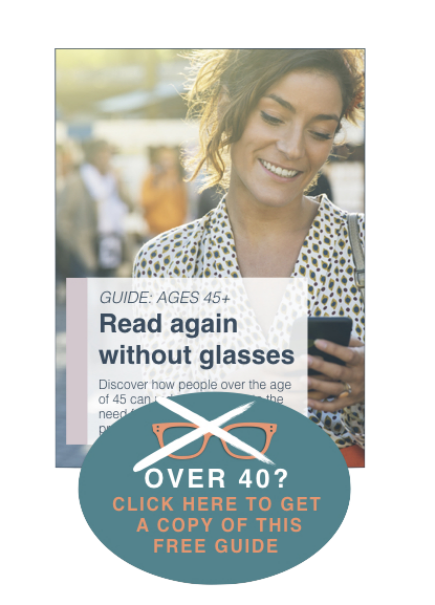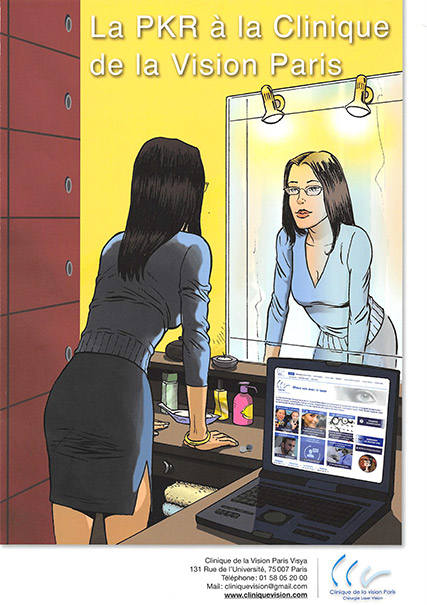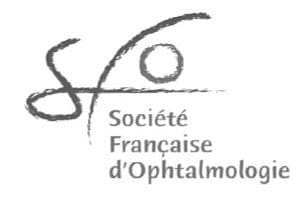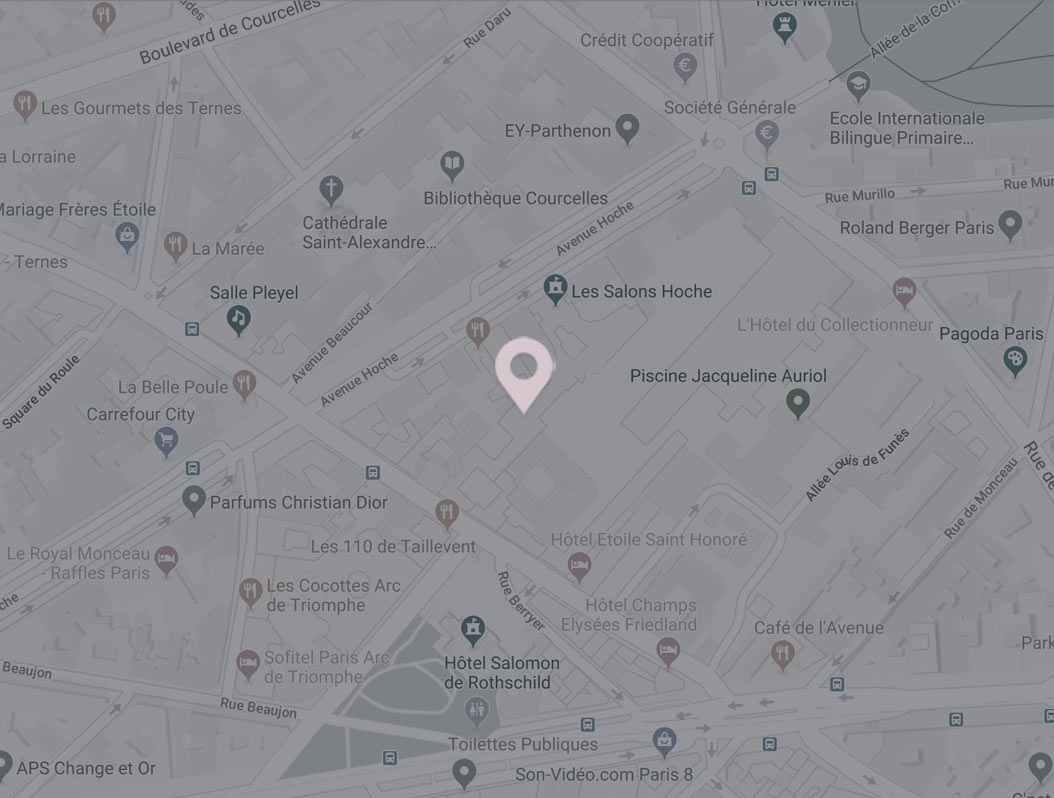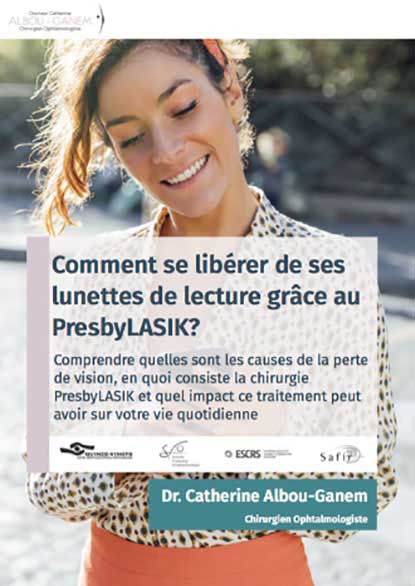LASIK
If you’re over 40, you can still have LASIK
LASIK – An introduction
LASIK is a surgical technique that consists of creating a corneal flap with parallel faces held by a hinge. Then, surgeons use the excimer laser to reshape your cornea’s thickness and radius of curvature and therefore, its power.
LASIK surgery is fast; the procedure takes less than half an hour for both eyes. Surgeons apply local surface anaesthesia by instillation of eye drops. LASIK is painless.
Essential reminders:
- The cornea is the transparent porthole in front of the eye
- Its thickness varies between 450 and 600 microns
- The more the cornea is “curved”, the higher its dioptric power is necessary and vice versa
- As a result, increased curvature of the cornea corrects hypermetropia and flattening of the cornea corrects myopia
- It is from these principles that, in the sixties, José Barraquer theorized and developed corneal refractive surgery from which modern ophthalmologists derived LASIK
- The term LASIK is the abbreviation of “Laser-Assisted In Situ Keratomileusis” – keratomileusis meaning carving of the cornea
- Ophthalmologists have practised LASIK since 1989
- LASIK can correct myopia, hyperopia, astigmatism and presbyopia symptoms if you’re over 40
- LASIK is a virtually painless procedure performed under anaesthesia by simple instillation of eye drops
- The typical visual recovery after LASIK is 24 hours
What eye conditions does LASIK treat?
LASIK can correct almost all refractive vision defects that glasses or lenses can correct (myopia, hyperopia, astigmatism, and presbyopia):
- Myopia – from -1 to -10 or -12 dioptres according to the central thickness of the cornea
- Hyperopia – up to 6 dioptres
- Astigmatism – up to 6 dioptres
- Presbyopia – to a varying degree depending on the case
Patients can benefit from a LASIK operation provided they are suitable. Contraindications related to a general condition are exceptional and ophthalmologic contraindications are rare (about 10 to 15%). Keratoconus, for example, is a contraindication that clinical staff will look for during the preoperative assessment.
How do you know LASIK is right for you?
Refractive surgery (LASIK) is for all ametropic patients (nearsighted, farsighted, astigmatic, and presbyopic) whose vision is well corrected by glasses or contact lenses but who wish to see clearly without optical accessories.
LASIK is an optional surgery of convenience. It is only for informed and motivated patients. The decision to have LASIK is personal, and the motivations include comfort, sport, aesthetic or professional.
LASIK – further details
LASIK is a surgical technique that consists, of creating a corneal flap (on the front surface of your eye) with parallel faces held by a hinge. Then, surgeons use the excimer laser to reshape your cornea’s thickness and radius of curvature and therefore, its power.
We create the flap, sometimes called a ‘hood’, in the superficial part of the cornea, using either the Femtosecond laser or (exceptionally) utilising a micro-plane (microkeratome). The flap has a circular shape, a diameter of 8.5 to 10 mm and a thickness of 90 to 120 microns (the average human hair follicle is 50 microns in diameter). The flap is held to the rest of the cornea by a hinge of 1 to 2 mm long.
Once we raise the flap, it gives access to the underlying stroma. We calculate the amount of substance (diameter and depth) of the cornea we vaporise from the stroma by the excimer laser (photoablation) by a computer. The surgeon determines the parameters to program into the computer during the preoperative assessment. After the removal of the tissue, we replace the corneal flap. The flap adheres spontaneously to the underlying cornea in a few seconds.
The LASIK procedure is quick. It takes less than half an hour for both eyes. We instil anaesthetic eye drops to numb the eye, so you don’t feel anything. LASIK is painless. It is not necessary to come on an empty stomach for this type of anaesthesia and intervention.
The operation takes place in three steps:
Step 1: Creating the flap:
We most often create a flap with a Femtosecond laser. All-laser LASIK surgery is the modern technique. In this case, the procedure is as follows:
We place a device composed of an applanation cone and a suction ring connected to the femtosecond laser on your cornea. This creates the flap, whose parameters (diameter, thickness, and the position of the hinge) we’ve pre-programmed, in less than twenty seconds.
Rarely, we would create a flap with a microkeratome. In this case, we place a suction ring on the cornea that serves as a guide for a micro plane.
Step 2: Corneal remodelling:
The second step is refractive and corresponds to the corneal remodelling (or photoablation) with the excimer laser. This remodelling is entirely painless but can cause a particular odour due to the evaporation of the corneal tissue. The duration depends on the degree of ametropia to be corrected, but the photoablation does not exceed 1 minute.
Throughout the laser treatment, you must stare at a light spot. Doing so is not difficult. However, if you stop staring, a safety device (eye-tracker) servo-controlling the laser beam flies into action and will follow the movements of the eyeball or interrupt the treatment if the deviation is too significant.
Step 3: Repositioning of the flap:
The surgeon manually repositions the corneal flap after rinsing the interface. The flap sticks to the full plane in a few seconds. No suture is necessary.
FEATURED VIDEO
What is LASIK? What is monovision?
LASIK is the surgical laser correction of all vision defects. The video explains this technique. It also helps to correct presbyopia using monovision. Monovision is the fact of making the vision of the two eyes compensate with an eye that will see from a distance and the other which will see closely.
TÉMOIGNAGES

“Le jour de l’intervention, je n’ai ressenti aucune gêne et aucune douleur. Après 2 h de repos j’ai pu reprendre mes activités tout à fait normalement. Deux jour après l’intervention il ne subsiste aucune gêne. Je tenais également à insister sur le fait que, contrairement aux idées reçues, ce n’est pas une intervention réservée aux personnes jeunes. J’ai 59 ans et c’est une totale réussite.”

“Le Docteur Albou-Ganem m’a opérée de la presbytie il y a un an, et je suis très heureuse du résultat, plus besoin de lunettes pour lire, même ma vue de loin est bonne. C’est un vrai soulagement pour moi, car j’ai hésité pendant un moment avant de sauter le pas, difficile de prendre une telle décision.”

“Après une opération rapide et sans douleur j’ai quasiment immédiatement remarqué une nette amélioration de ma vue de près et de loin. Au fil des semaines cela n’a fait que se confirmer et je n’ai jamais reporté mes lunettes depuis! Je ressens une telle liberté dans ma vie de tous les jours ainsi qu’une impression d’avoir rajeuni que je recommande à toute personne de le faire sans hésitation si cela leur est possible!”

“Docteur Catherine Albou-Ganem l’a immédiatement dissipée. Contact et confiance se sont installés immédiatement. Ses explications ont été claires, précises et je peux dire que le Jour J de l’opération, j’y suis allé les yeux fermés! Pour les rouvrir quelques heures plus tard avec la vue parfaite d’un homme de 30 ans!”

“L’opération a été un franc succès. J’ai maintenant 10/10e, sachant qu’auparavant j’avais une assez forte myopie (-5 et et -4,5) et un léger astigmatisme.”

“Vous m’avez opérée il y a maintenant plus de deux ans. A part pour conduire et regarder la télévision, et encore… je n’ai plus besoin de lunettes, moi qui n’ai jamais rien vu… Il m’a fallu plusieurs mois pour que ma vue s’adapte. Je tenais donc à vous remercier de cette opération qui a changé ma vie! Plus d’ulcères douloureux dus aux lentilles et la possibilité d’ouvrir les yeux sous l’eau et d’admirer les jolis poissons!”
We have replaced the images of real patients who provided these testimonials to protect their privacy.
AFFILIATIONS & MEMBERSHIPS
We are pleased to be associated with the following organisations
About the author
Doctor Catherine Albou-Ganem
Consultant Ophthalmic Surgeon
I am Catherine Albou-Ganem and I am an ophthalmic surgeon brought up in a family of ophthalmologists. I had a passion for ‘the eye’ and ‘the vision’ from my childhood. This was the subject of my first presentation at school.
Today, I share my refractive surgery activity between the hospital and the private sector.
I am proud to have contributed to the development of new laser refractive surgery techniques that can correct vision defects with accurate, effective and safe results when respecting the indications.
 Skip to content
Skip to content


